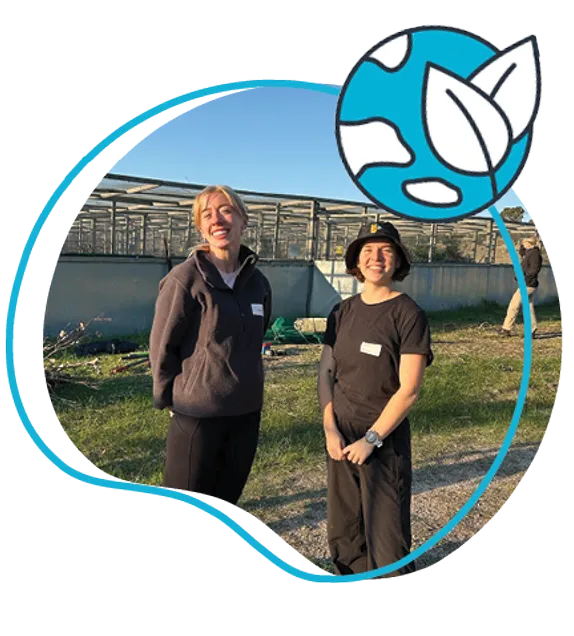On-Page overkill
How To Tell If Your Website Has Too Many Landing Pages
In our mission to rank for as many terms as possible, we’re often tempted to create a new page to target almost every variation of keywords that a searcher might use. But how do you know if you’re being thorough with your landing pages, or if you’re thoroughly over-doing it? With the amount of time it takes me to write a quality page for our site, I want to be absolutely sure I’m not wasting it. And so should you!
If you’re a Marketer who’s just taken on a new client, or you’ve inherited a website for your own brand, here’s how to evaluate your on-page content and determine if your landing pages are improving SEO or doing more harm than good.

Poor Signals in Google Analytics
The clearest signs of an over-done landing page strategy are found in Google Analytics. Are your longer-tail landing pages capturing any organic visitors from Search? Or do they bring in a fraction of 1% of your total traffic?
Isolate one landing page and compare the user engagement metrics to the site as a whole, and to other pages with a similar word count. Does it have significantly more bounces, or a far lower time on page? Dive into the ‘Behaviour Flow’ section and see if most users are going to additional pages and following the same path to purchase, or if this is the exit point for most.
Keep in mind the purpose of the page when you’re analysing this data. A highly targeted, simple page for a special offer or sign-up form can have terrible engagement metrics, but a high bounce rate and low time-on-page doesn’t mean it’s not working it’s butt off.
Badly Written, Duplicate Content
A classic spammy landing page will have plenty of content that’s very similar or identical to other pages on the site. While it’s normal to have some duplication and repeating of key messages, you shouldn’t be able to glean the entire content of the page by looking at another. Tools like Siteliner can show you duplicate content within your site so you can discover pages that shouldn’t exist.
Underperforming landing pages are also hastily written. If the quality of your spelling and grammar, and the persuasiveness of your message isn’t as good as Home it’s hard to expect the same conversion rate.
Keyword Cannibalisation
The biggest reason to fix duplicate content is not to avoid a penalty (Google has maintained there isn’t one), but rather to stop pages from cannibalising each other. If you have two pages with very similar content they’ll each receive a diminished share of authority for their topic, and compete in search results. Run test searches for your long-tail terms, if you find two results from your site very close to each other in SERPs, one could be holding back the other.
Competitors with Simpler Site Structure
While you’re checking rankings for long-tail keywords, compare your pages to higher competitors. Did they need to create super-specific landing pages to rank above you? Or were they able to rank by including a variation of the term on Home or a higher level category page? This should be used as a general indication, because of course there are plenty of other factors contributing to a competitor’s SEO.
It’s also handy to compare their site structure to your own. Pages that are high up in the site hierarchy (linked from the main menu, mentioned on Home) usually perform far better than isolated ‘island’ landing pages. So if your landing page can only be navigate to from a small anchor text link on a very deep page it’s likely as visible to searchers as is it for your users.
No Extra Conversions
The most important sign of all: are you making more sales? If you know when your landing pages were created, see if you can track down sales, leads or enquiry data to determine if they’ve actually made an impact. If you don’t have access to this data, it’s a great reason to run an A/B test. Choose a landing page that receives a significant number of search visitors. After you’ve ensured that the content is mentioned elsewhere, 'noindex' the page for a set period and see if your traffic remains the same. You might find a more carefully crafted page ranks in its place and actually improves conversions. Or you may notice no difference at all, in which case you have one less page to worry about updating.
By knowing how each of your landing pages performs, instead of leaving them out in the wild, it’s much easier to figure out how to prioritise your time when updating your site. You can also avoid real issues like keyword cannibalisation and deliver a much better experience for your users.

James Richardson
Co-Founder
James is Co-Founder of Optimising who’s worked with everyone from national retailers and franchise groups to fast-growing eCommerce brands. He’s as interested in how AI engines send traffic as he is in old-fashioned rankings, and spends a lot of time testing how brands show up across search.
He started out running sports fan sites and early eCommerce stores, picked up a few senior sales and marketing roles at ASX-listed companies, then decided to build the kind of SEO agency he actually wanted to work at. Outside work, James is usually being out-negotiated by his three daughters, hosting very serious pretend tea parties, or supervising yet another cubby house build in the lounge room.



